| Bluemont VA - This week, Northern Virginia Paleo-Indian site guardians flew to California, not knowing they would end up at the Griffith Observatory in Los Angeles. During the couple’s already scheduled trip to receive volunteer awards in Riverside CA, PBS Religions & Ethics Newsweekly aired an interview of them, along with an interview of a Dr. Ed Krupp. It turns out that Dr. Krupp is the director and curator of the Griffith Observatory in Los Angeles, less than an hour away from the ceremony. “Astronomer Krupp is considered an expert in ‘Archaeo-astronomy,’” according to Lucky Severson with PBS R&E. So the couple drove out to the Griffith Observatory in hopes to introduce themselves to Dr. Krupp. Having the Courage to Ask Forbidden Questions Chris (Comeswithclouds) White said, "It is not about knowing all the answers right now. We pray for the courage to ask the forbidden questions, then seek the answers." "With the best questions, then we can develop a better plan and assemble a team of experts to help find answers that lead us to a truer understanding of the beginnings of humanity," he added. "If we don't understand the beginning and don't know the end, how can we have confidence in the direction we are going?" “As we develop a long-term strategy for the Paleo-Indian site we need the questions,” said Chris. Chris discovered the Paleo site in 2010 and has been investigating it with experts for five years. “We are hoping to begin a conversation with Dr. Krupp about what types of questions we should be asking. We need questions before we can find the answers.” The couple's airline flights to California were free, courtesy of Southwest Airlines. | Southwest Airlines gifted the couple four round-trip airline tickets because they gave up their 2013 flights to a family in need. |
| Dr. Krupp Griffith Observatory Curator Dr. Krupp has served as the Griffith Observatory director since 1974 and has visited over two thousand ancient and prehistoric sites worldwide, according to PBS R&E. Dr. Krupp is responsible for helping develop a long-term strategy for the renovation and renewal of the Griffith Observatory. Speaking about the Paleo-Indian site in Virginia, Dr. Krupp said to PBS R&E, “Am I surprised that some kind of structured monument is that old in North America? I would say, ‘yeah, I am,’ because I don’t know anything else that is that old.” Dr. Krupp ended the PBS R&E interview by saying, “We’re actually beholden to all of these ancestors, all around the planet. They are the people that helped make our world the way it is for us today, whether we’re in China, North America, Europe or whatever.” "I don’t think you’re ever going to have a confident sense of certainty about the prehistoric past, and prehistoric monuments for the obvious | reason, we don’t have the owner’s manual," he added. Chris and René welcome Dr. Krupp and other professionals to see the site in Virginia. The couple is seeking professionals who can help them find questions and answers to help with preservation, protection and restoration. |
| The Griffith Observatory “The Griffith Observatory is perched atop a prominent hilltop in Griffith Park in Mt. Hollywood above Los Angeles,” said René White (Feather), who accompanied her husband to the Observatory. “We saw soaring hawks and wild coyotes. It was my first time seeing the Hollywood sign. The views of Los Angeles are magnificent and you can see all the way to Santa Monica from the Griffith Observatory." “In front of the Observatory is a day clock. Much different from the day clock my husband found in Virginia. I enjoy taking photos of him as he studies and discovers,” she added. The Griffith Observatory is one of the most famous and visited landmarks in southern California, according to the Observatory’s web site. “Tens of millions have come to walk the inside of the building, view the live planetarium shows, or simply gaze out towards the coast and the heavens.” |
"There is something to be learned about a people who lived here before, that can help us now. Studying what they left behind, can shed light on a culture and way of life that is now extinct. What is there to learn from this sacred site?
If this unique site goes unprotected or gets destroyed, we will never know the importance of its meaning. Any view into the past, is a learning and educational tool for the future.
Therefore, the rarity of this site deserves serious attention. Doors need to be opened, and questions need to be explored. Keys to the site’s secrets are yet to be revealed.
We are seeking people knowledgeable in pre-history preservation and restoration. We also welcome those who wish to honor and respect our vision.
Opportunity has risen to preserve this sacred site, now and for our children and future generations. We appreciate your partnership and contributions towards uncovering the possibilities of this find."
-- said Chris.
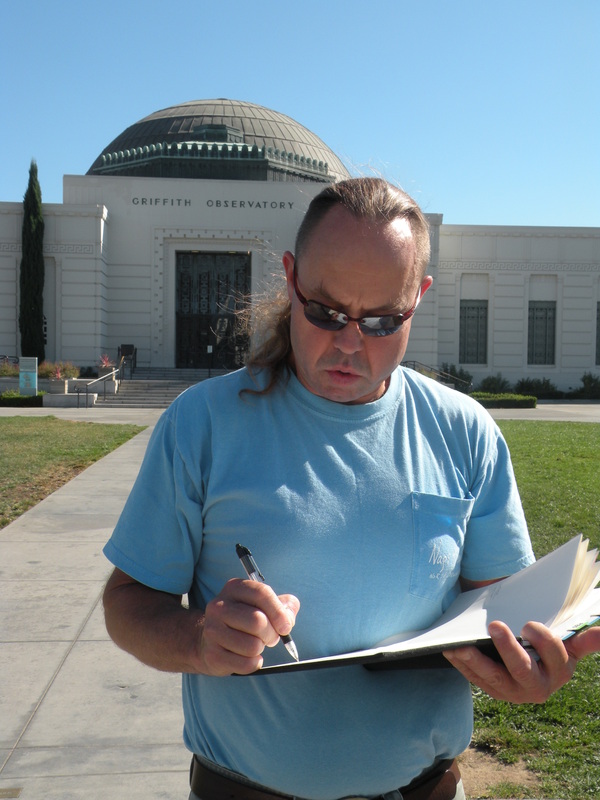
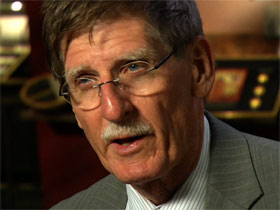
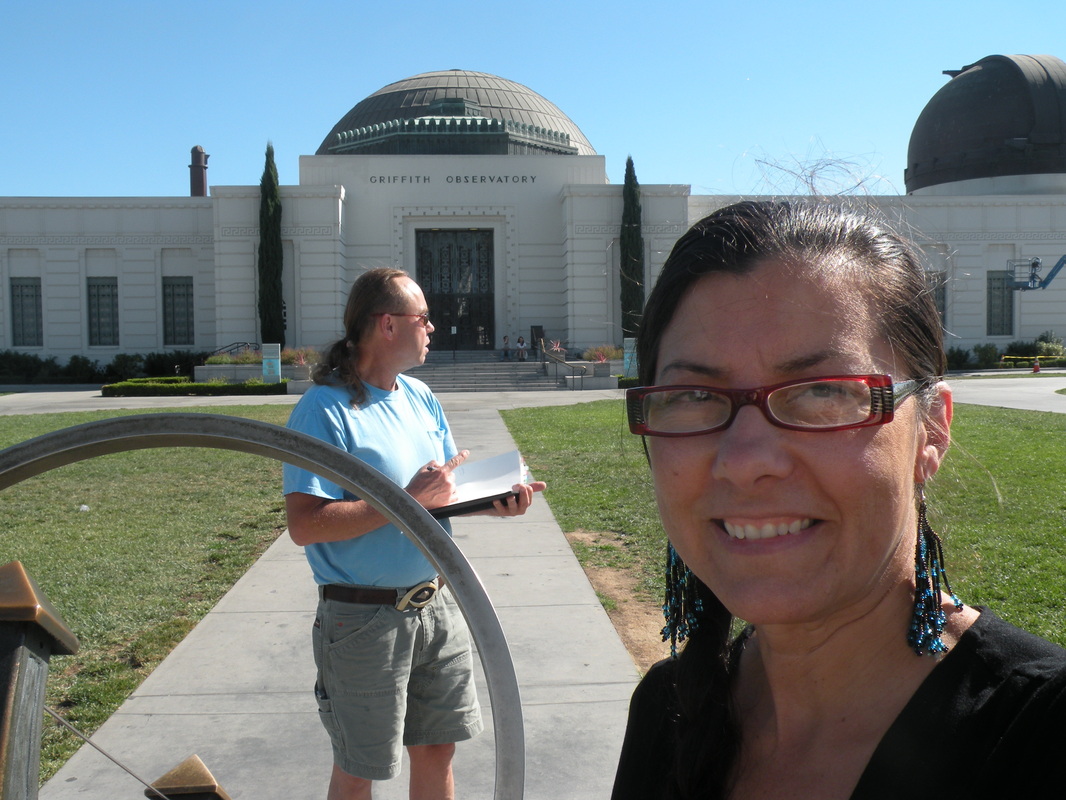
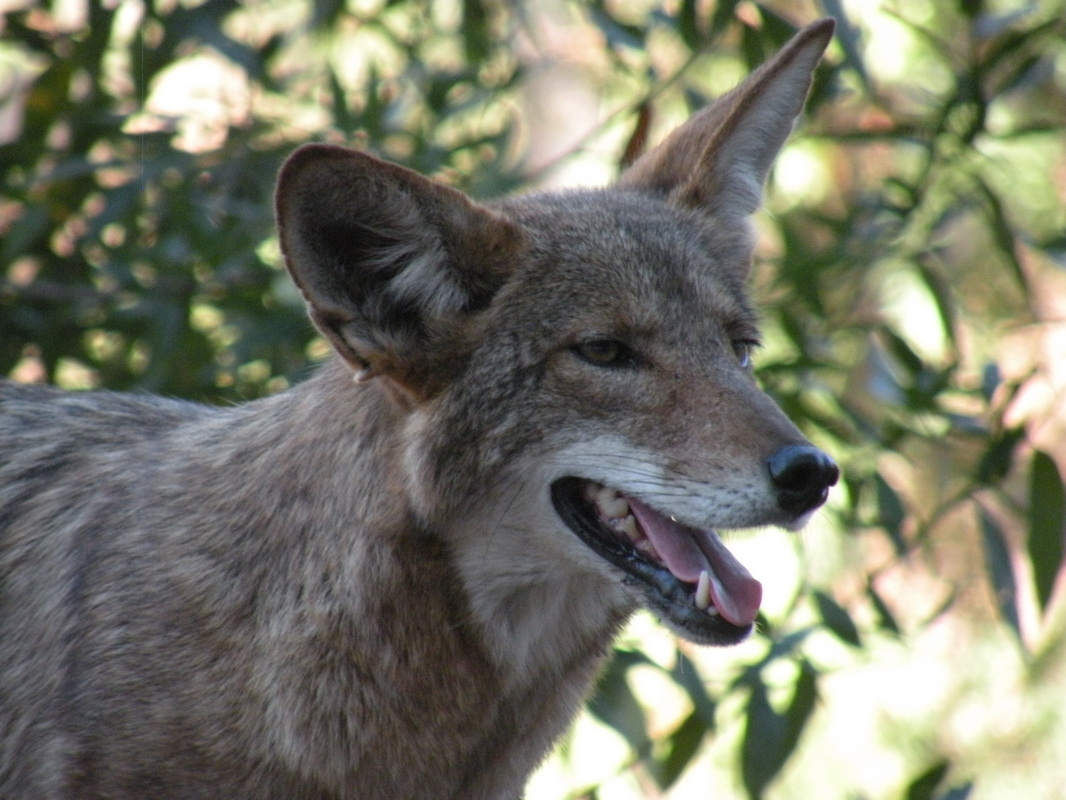
 RSS Feed
RSS Feed